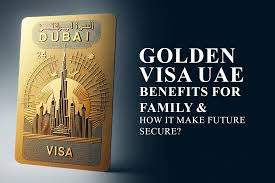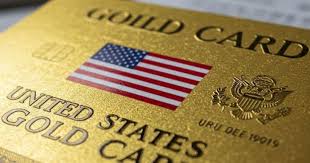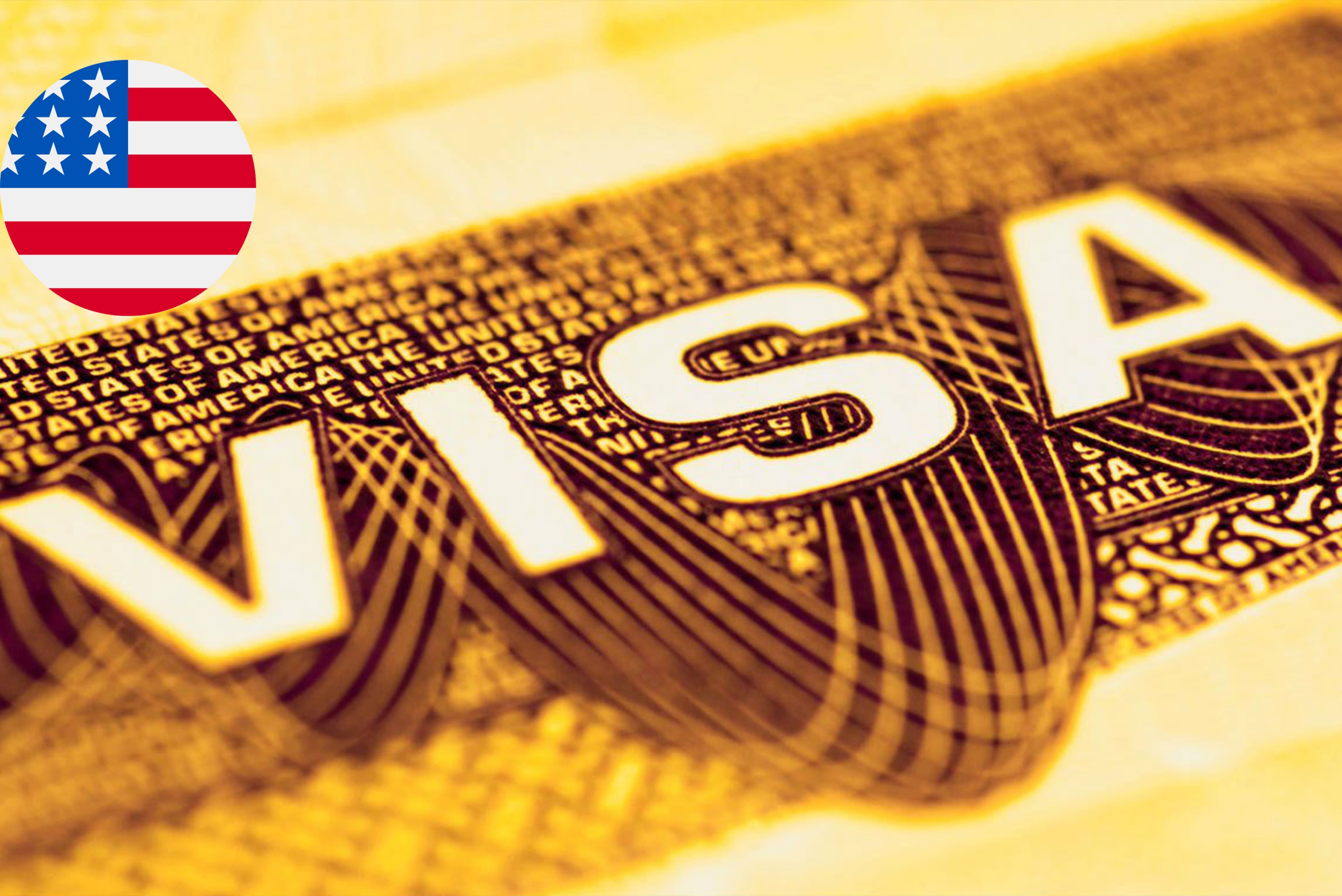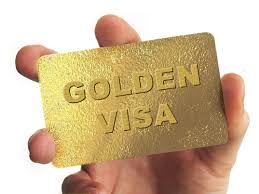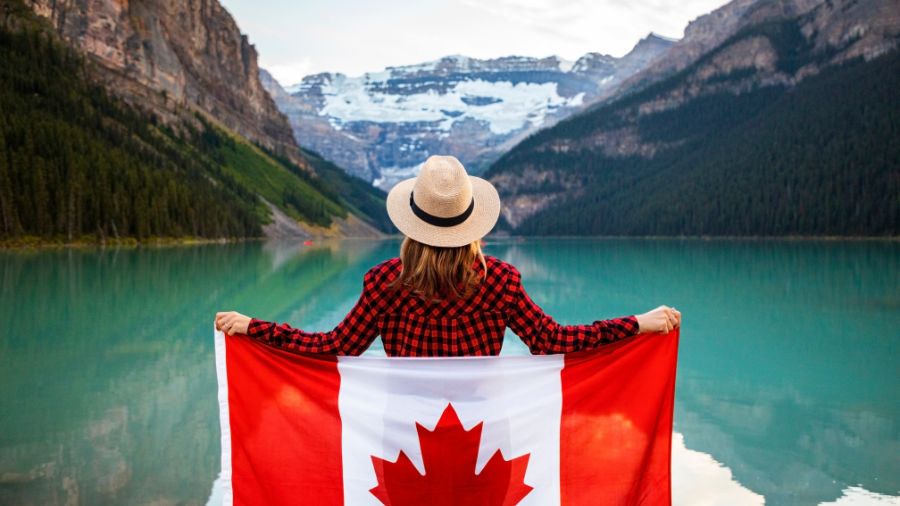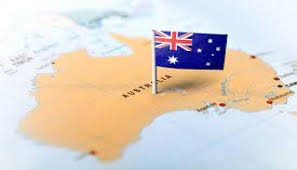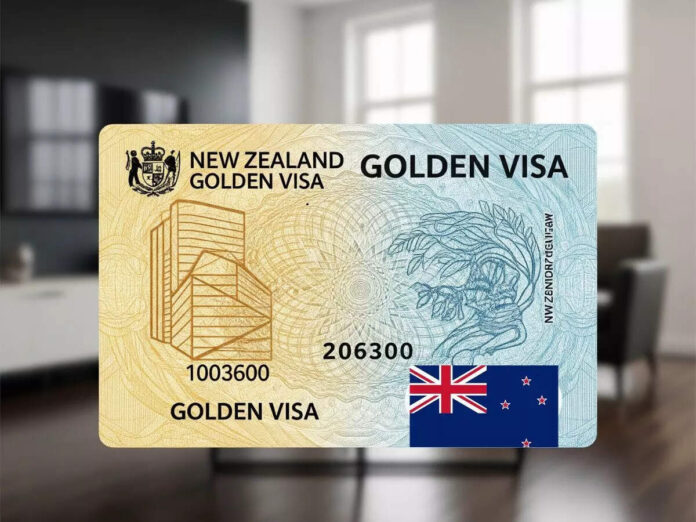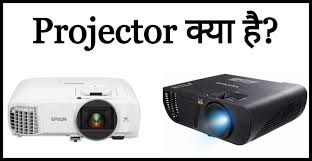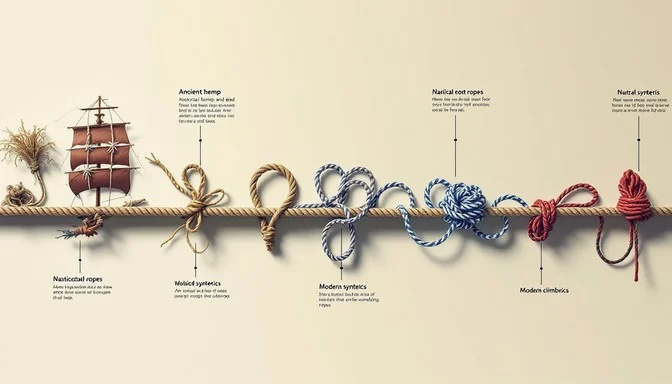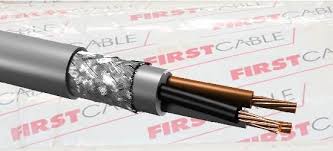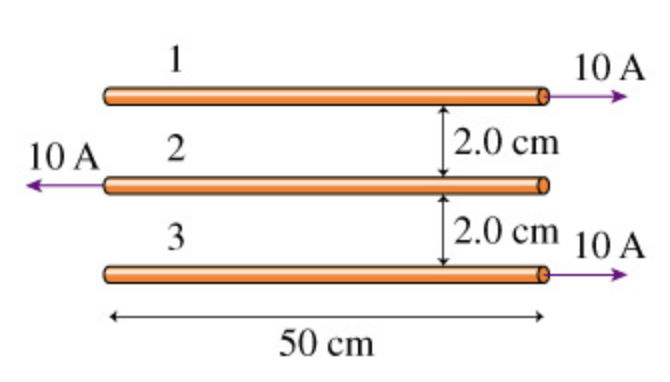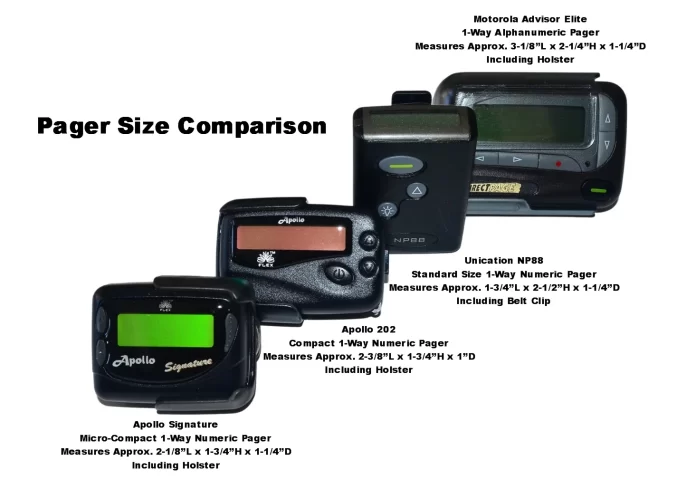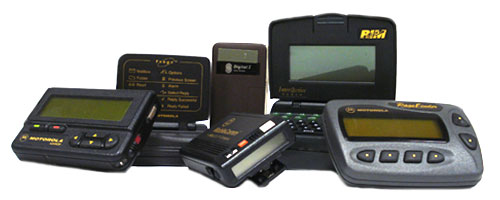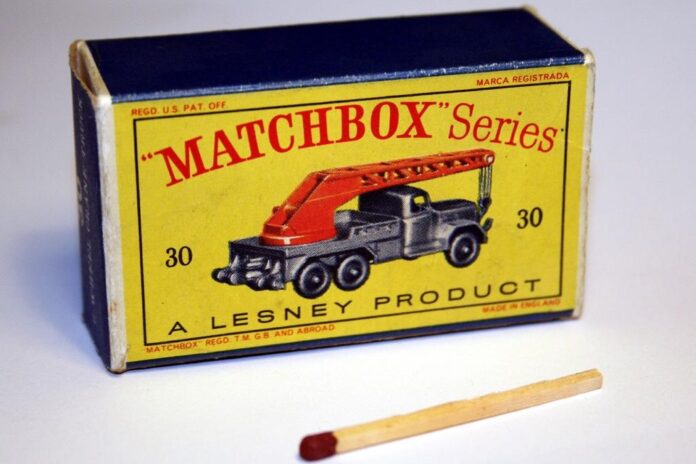The Dubai Golden Visa Process in officially part of the UAE’s Golden Visa program or Sone ka Visa (सोने का वीजा), is a long-term residency initiative launched in 2019 to attract, entrepreneurs, and talented professionals to live, work, and study in the UAE without a local sponsor. It offers 5- or 10-year renewable residency, fostering economic growth and innovation. Yeh visa Dubai ke vibrant economy aur lifestyle ka dwar kholta hai
Overview of the Sone ka Visa
The Dubai Golden Visa targets diverse groups: investors, entrepreneurs, skilled professionals, outstanding students, and humanitarians. Unlike standard UAE visas requiring renewal every 2–3 years, it offers extended residency (5 or 10 years) without a sponsor, allowing flexibility to live outside the UAE for extended periods. Yeh program global talent aur capital ko attract karta hai (यह प्रोग्राम ग्लोबल टैलेंट और कैपिटल को अट्रैक्ट करता है). Applicants can include their spouse, children (sons under 25, daughters of any age), and sometimes parents, ensuring family reunification. Successful applicants gain access to Dubai’s booming economy, tax-free environment, and world-class infrastructure.
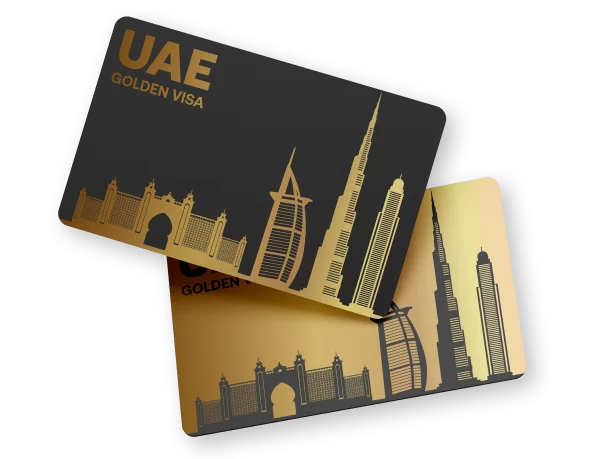
Eligibility and Requirements (Dubai Golden Visa Process)
The maapdand (मापदंड) for the Dubai Golden Visa vary by category:
- Age Limit: No specific age limit for most categories, except retirees (55+ for 5-year visa). Yeh sabke liye accessible hai (यह सभी के लिए एक्सेसिबल है).
- Investment:
- Real Estate Investors: Own property worth AED 2 million (≈₹4.6 crore) in Dubai. Multiple properties or off-plan properties qualify if 50% payment is made. Mortgaged properties are eligible with a bank no-objection letter showing AED 2 million paid.
- Public Investors: Invest AED 2 million (≈₹4.6 crore) in:
- An accredited UAE investment fund (requires a letter confirming the deposit).
- A UAE company with a valid commercial/industrial license and capital of AED 2 million (not loan-based).
- A company paying AED 250,000 (≈₹57 lakh) annually in taxes to the Federal Tax Authority.
- Entrepreneurs: Own a startup with AED 500,000 (≈₹1.15 crore) value, approved by a UAE auditor, or generate AED 1 million annual revenue.
- Retirees (55+): AED 1 million (≈₹2.3 crore) in a 3-year fixed deposit or unmortgaged property.
- Income:
- Professionals (e.g., doctors, engineers) need a minimum monthly salary of AED 30,000 (≈₹6.9 lakh) with a valid UAE job contract (Level 1/2 by MOHRE).
- Retirees require AED 15,000 (≈₹3.5 lakh) monthly income.
- Funds must be vidhi-sammat (विधि-सम्मत), with proof of legal sources.
- Talent-Based Categories:
- Outstanding students: GPA 3.8+ from UAE schools/universities or top 100 global universities.
- Professionals: PhD holders, doctors, engineers (e.g., AI, biotech), or artists with nominations from authorities like Dubai Culture.
- Gaming professionals and educators: New categories (2024) for e-sports, content creators, and private school teachers.
- Health and Character: Valid health insurance and a clean criminal record (police clearance from home country or past residences).
Application Process
The Sone ka Visa application is managed through the General Directorate of Residency and Foreigners Affairs (GDRFA) or Federal Authority for Identity, Citizenship, Customs & Port Security (ICP). Yeh process digital aur efficient hai (यह प्रोसेस डिजिटल और एफिशिएंट है):
- Check Eligibility: Confirm eligibility via the ICP website or GDRFA Dubai portal.
- Gather Documents: Prepare required dastavez (दस्तावेज़) based on category.
- Apply Online:
- Log into ICA Smart Services or UAE Pass, select Golden Visa Services, and choose the category (e.g., Investor, Entrepreneur).
- Upload documents and pay fees (AED 2,800–5,000, ≈₹65,000–1.15 lakh, depending on category).
- Offline option: Visit licensed typing centers for GDRFA submission.
- Entry Permit: Non-residents receive a 6-month multiple-entry visa to enter the UAE and complete procedures.
- Medical and ID: Undergo medical checks and obtain an Emirates ID in the UAE.
- Approval: Receive the Golden Visa (5 or 10 years) upon verification.
Entrepreneurs aur talent-based applicants ko nomination letter chahiye (एंटरप्रेन्योर्स और टैलेंट-बेस्ड अप्लिकेंट्स को नॉमिनेशन लेटर चाहिए).
Timing
- Application Processing: 7–30 days for complete applications; complex cases may take 1–3 months.
- Entry Permit: Issued within days for non-residents.
- Renewal: Apply 1–2 months before expiry, maintaining eligibility (e.g., property ownership for 2+ years).
- Citizenship: No direct path, but naturalization possible after 30 years or exceptional merit.
Required Documents
Applicants need the following dastavez:
- Valid passport (6+ months validity) and photos.
- Proof of investment (e.g., title deed, investment fund letter, company license).
- Police clearance certificate (home country or past residences, <12 months old).
- Medical fitness certificate and UAE-approved health insurance.
- For professionals: Salary certificate, job contract, or nomination letter.
- For students: Academic certificates (GPA 3.8+).
- For family: Marriage/birth certificates (attested if required).
Benefits
The Sone ka Visa offers significant labh (लाभ):
- Long-Term Residency: 5 or 10 years, renewable, without a sponsor.
- Family Sponsorship: Include spouse, children, and sometimes parents/domestic helpers.
- Tax-Free Environment: No personal income, capital gains, or inheritance tax.
- Business Opportunities: Freedom to start or expand businesses in Dubai’s free zones.
- Education and Healthcare: Access top-tier schools, universities, and hospitals.
- Travel Flexibility: No requirement to stay in the UAE for 6 months annually (unlike standard visas).
- Esaad Card: Discounts at 7,000+ UAE businesses and 92 countries.
- Visa-Free Travel: UAE residency enables visa-free or visa-on-arrival to 133–176 countries.
Challenges
- High nivesh threshold (AED 1–2 million).
- Strict compliance (e.g., maintaining property ownership for 2+ years).
- No direct nagrikta path; naturalization is rare.
- Backlogs for high-demand categories may delay processing.
Recent Updates
- Expanded Categories: Added educators, gaming professionals, and e-sports creators (October 2024).
- Relaxed Real Estate Rules: 50% payment for off-plan properties qualifies.Salary Threshold: AED 30,000/month for professionals.
- Abu Dhabi Golden Quay: 10-year visa for luxury yacht owners (40m+ vessels).
Conclusion
The Dubai Golden Visa is a premier option for videshi niveshak, entrepreneurs, and professionals seeking long-term residency in a tax-free, dynamic hub. With no age restrictions, flexible nivesh options, and clear dastavez requirements, it offers stability and opportunity. Yeh visa Dubai mein samriddh bhavishya ka rasta hai (यह वीजा दुबई में समृद्ध भविष्य का रास्ता है).
Dubai Golden Visa Process Dubai Golden Visa Process

